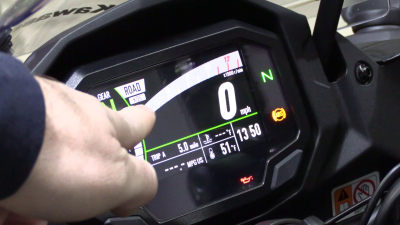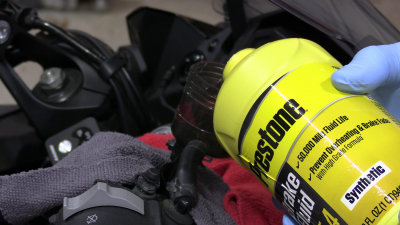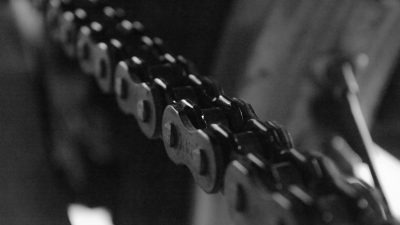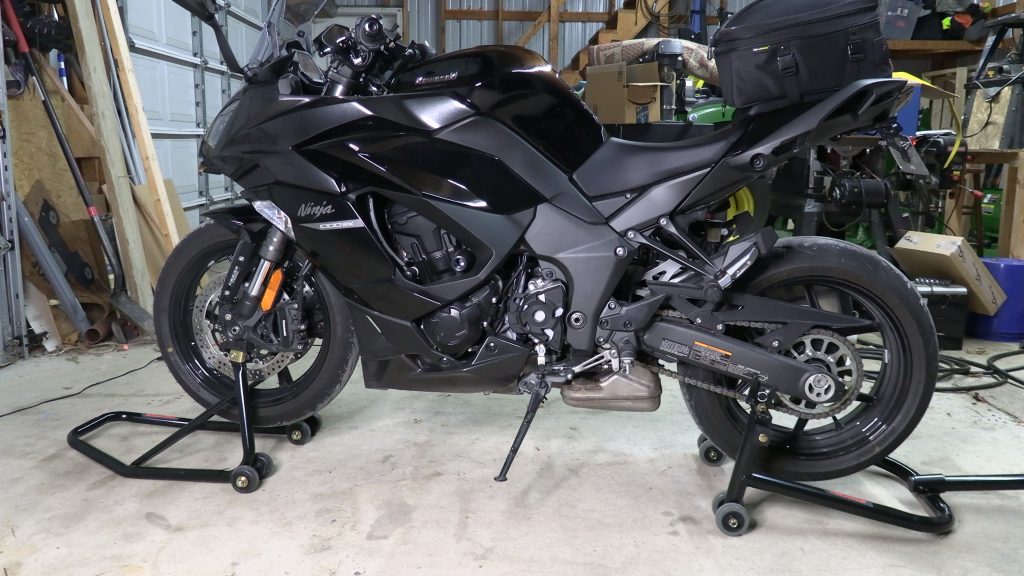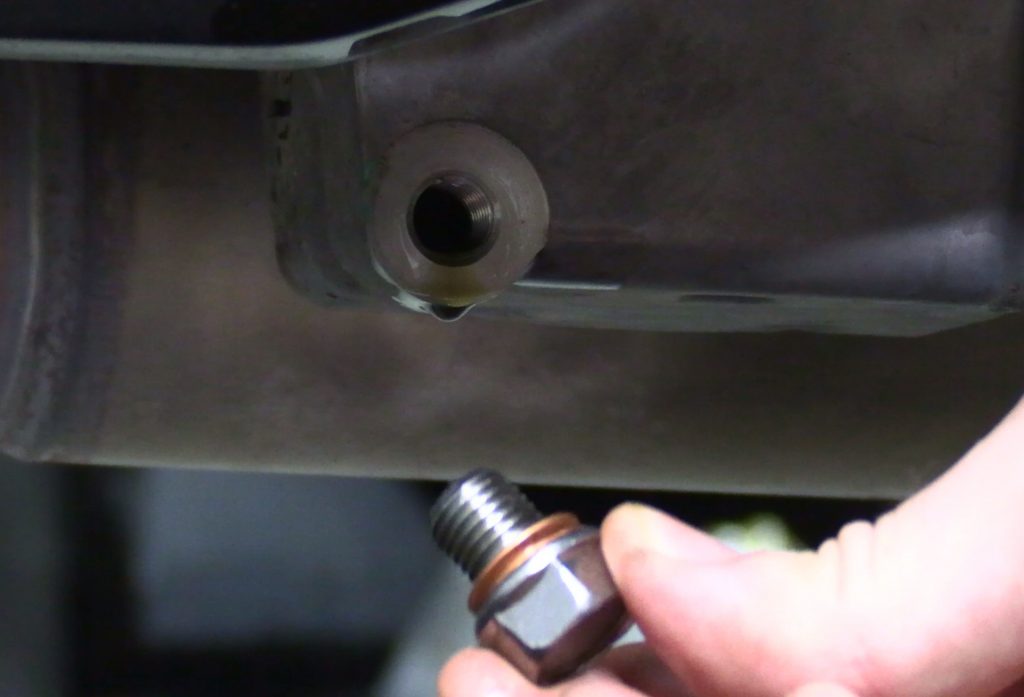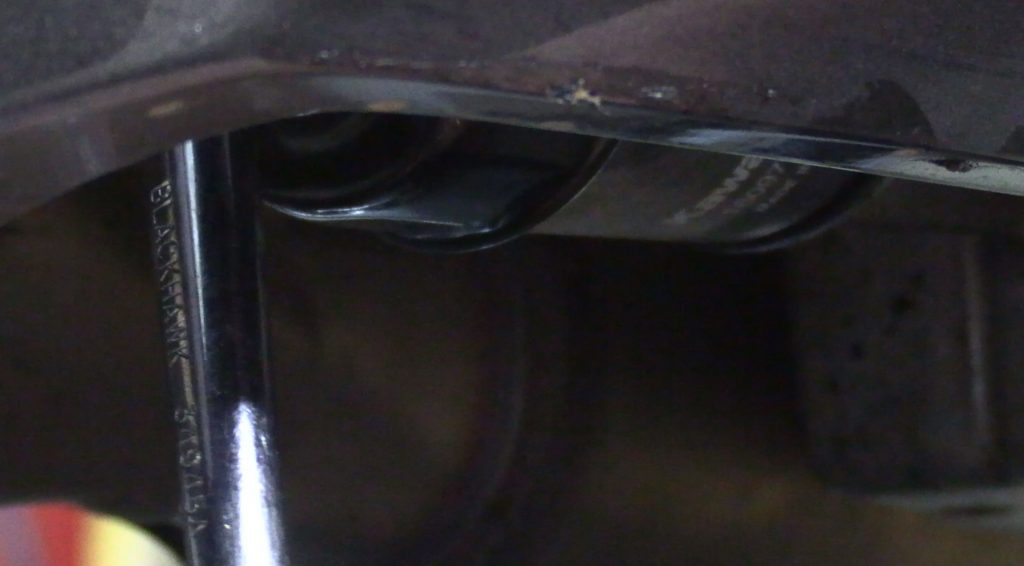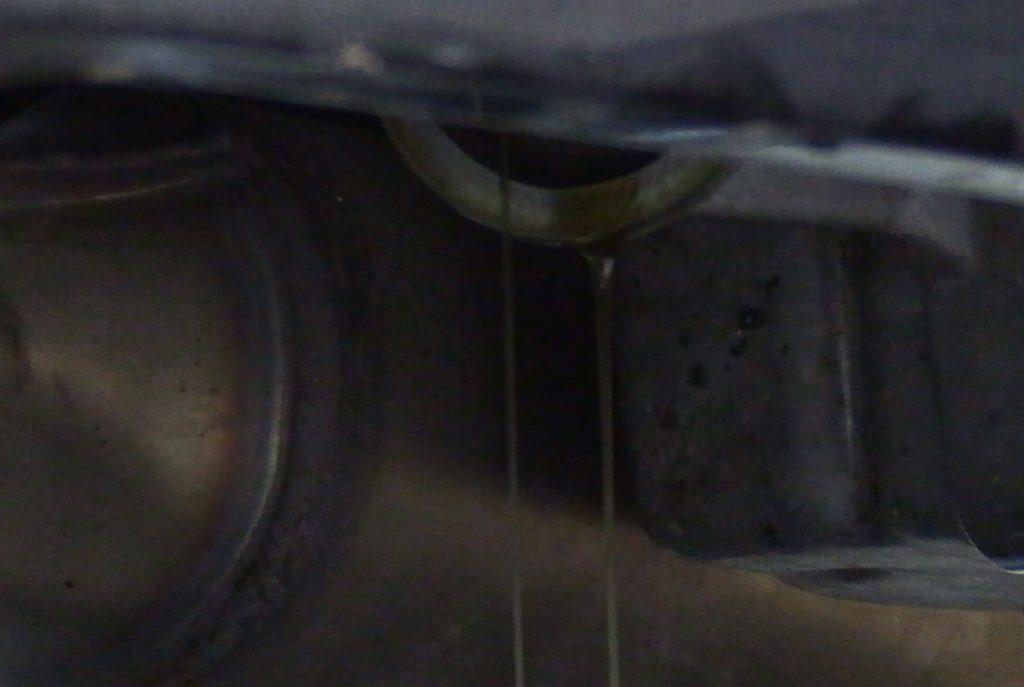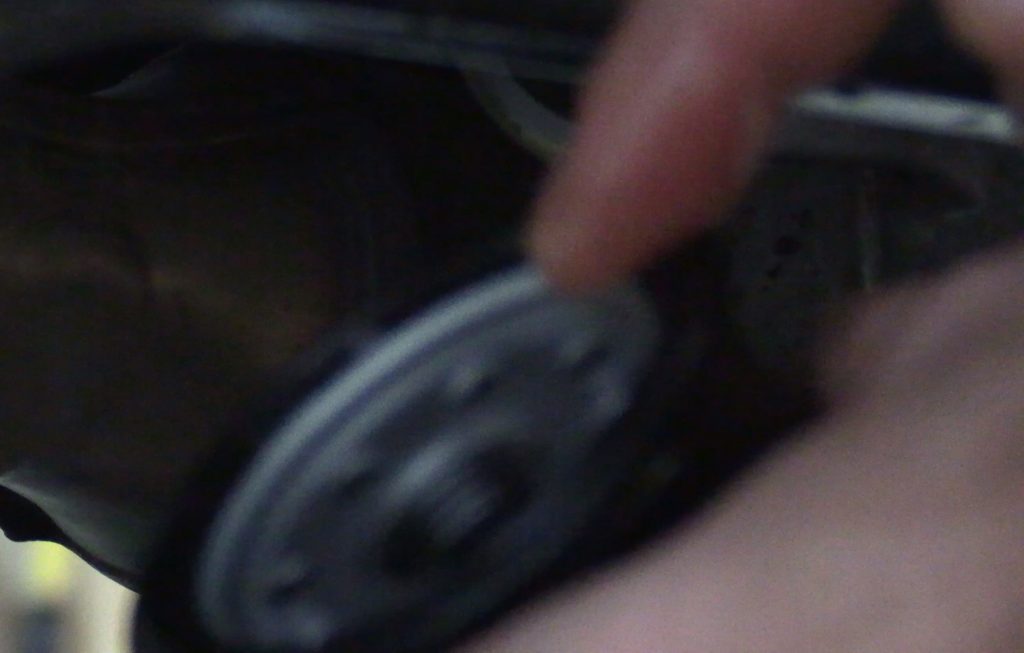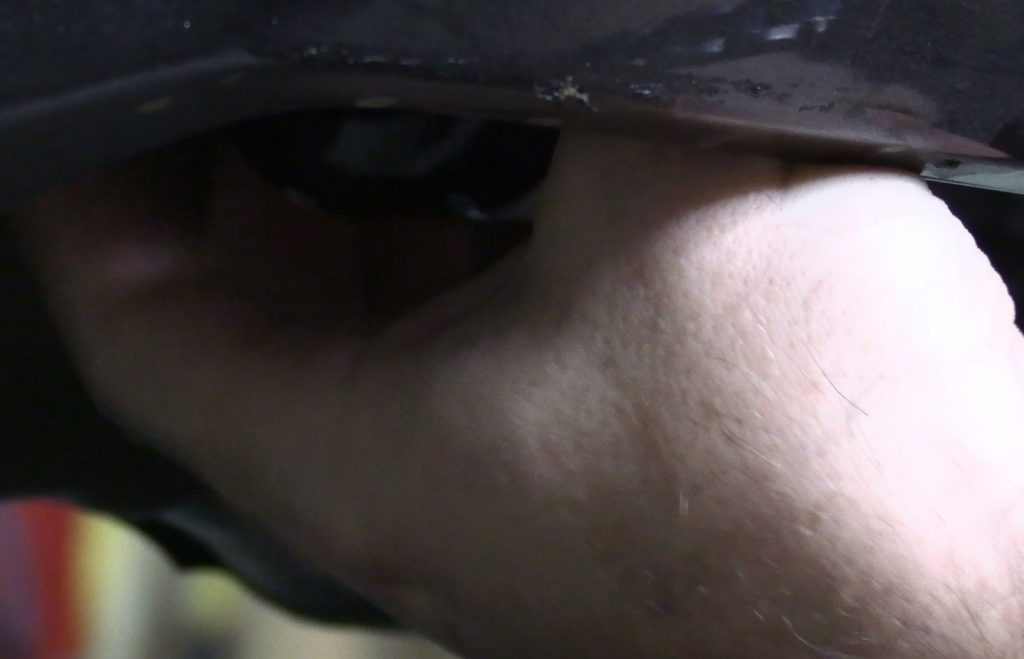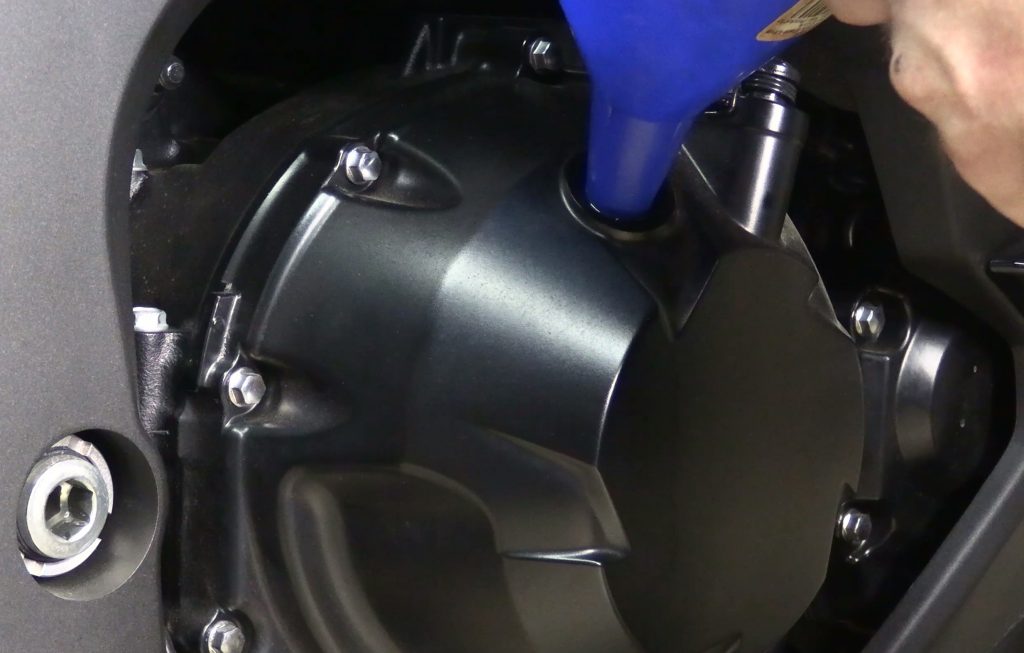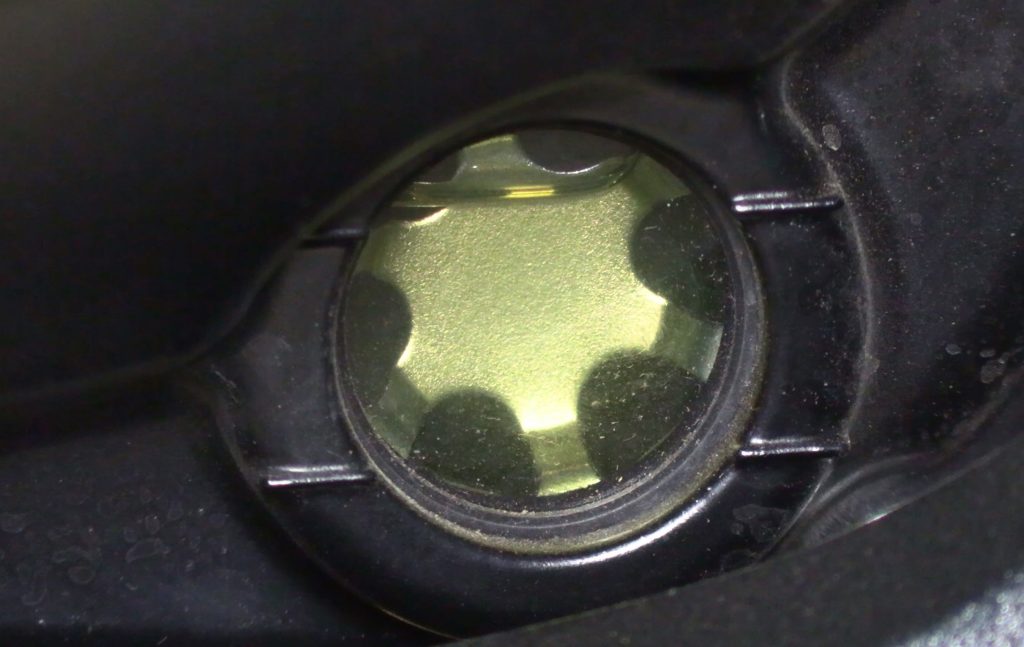The fresh scent of Spring in the air, birds chirping, trees and plants blooming and riding weather will be quickly upon us, though some it has already come. You may have already started your riding season, but for some of us it hasn’t yet; however, it is quickly approaching. With the beginning of riding season, you need to get your bike ready. If you ride year round, or live in an area where the weather is nice year round this post may not really apply to you. For the rest, read on.
If your bike has been sitting, there are a couple things you need to do to ensure it is ready to ride. Some of these things are part of standard pre-ride checks, but others don’t occur as often.
Battery
Hopefully you did one of two things during the off-season. You either removed the battery and brought it inside or put it in a warmer climate area or you had a tender hooked up to it. If you did neither of these, your battery is going to need a charge. Hook up a charger and get your battery ready to go. Nothing is worse than hitting nice weather and you go to start your bike and it does nothing or you get that awful starter sound where it just doesn’t have enough juice to engage. There is a possibility where you may even get the bike started, but it may not have enough juice to start again unless you ride long enough. If your battery is completely dead, it is best to just replace it, as it will never be as reliable. In either case, get a charged battery ready for you to ride.
Gas
I am hoping everyone put stabilizer in their fuel before the off-season. Gas goes back quickly, especially gas with ethanol. Without stabilizer, the gas breaks down and gets gunky. You may go and start your bike and it starts fine, but that gunk is going to clog your filters, injectors or carbs and maybe even your fuel pump. If you didn’t put stabilizer in your gas, it is time to find a can and drain the tank and put fresh gas in. If you did stabilize, hopefully you stabilized with a full tank. If not, there may be some rust in your tank now if it is metal. Be careful about this, that rust will continue eating through the tank until you spring a leak. If you did have stabilizer, your gas should be good to go. If it seems to run rough, go ahead and drain it and use it in your lawn mower, pressure washer or some other machine and put fresh gas in.
Tires
Your tire pressure is more than likely low. My tire pressures are 36 PSI up front and 42 PSI in the rear. When I checked the other day, they were 20 and 24. Check your pressures and make sure they are correct. Most times you should go with the motorcycle recommended settings (can be found on swing arm or some other sticker on the bike, or in your manual). If you drastically change tires or other things, you may have custom pressures you use, just make sure they are right before you begin riding.
Oil
There tends to be this misconception that if you just changed the oil before the end of the season that you don’t need to change it in the Spring. This may be true in your case, but it most likely isn’t. If your bike is stored in an area that cools down and heats up, condensation forms on the inside of the motor. Oil loves to absorb this moisture and it gets ruined. This doesn’t matter if you are using conventional or full synthetic – it still absorbs the moisture. Sometimes you may go to check your oil before the riding season to make sure the level is good – something you should do before every ride, and it looks cloudy or milky. You may even see condensation on the site glass (if you have one) because the warmer weather has heated up on the outside and caused little water droplets inside your engine to form. In any of these circumstances, you need to change your oil. Don’t run your bike with water logged oil, it isn’t good for it. If you had a climate controlled garage, brought it in your house or a few other rare situations, you may be okay, in which case you just need to make sure you have the proper oil level. Check for any oil leaks, especially around the drain plug and filter. Make sure no hoses are leaking, etc.
Brake Fluid
Brake fluid is like oil in the way it absorbs moisture; however, it doesn’t need replaced every year. Most manufacturers recommend every two years. The reason is that brake fluid breaks down over time, but it also absorbs moisture for the same reasons your oil does – condensation. Some think it is a closed system, so moisture cannot get in – but this isn’t the case. The same thing happens as the engine, if the brake lines, reservoir, calipers and such warm up, and the insides are really cold, moisture forms. If you are at the two year mark, this is the time to change out your brake fluid. If not, just check the levels and make sure all is good. The last thing you want is to not be able to stop. Check
Engine Coolant
If your bike is liquid cooled, this applies to you. Engine coolant is not affected by moisture like oil and brake fluid, but the lubricative elements of the coolant break down over time and with use. These keep your water pump functioning and not bind up. Other elements in the coolant keep corrosion from happening inside your radiator and lines. Replace your coolant at manufacturer recommended intervals. A lot of bikes this is two years, and the best time is at the beginning of a riding season. If you are not due for a replacement, check the level and for any leaks around the radiator, hoses and engine.
Chain
Hopefully you cleaned and lubed your chain before the end of last season, but in either case, it is a good idea to clean and lubricate it before the season. The reason is if it is sitting, well, anywhere – dust and other debris can accumulate on the chain. A good cleaning never hurt it, but at the very least lubricate it. Check the tension and make sure everything looks good as well as the sprockets.
Brakes
Checking the brakes on a motorcycle can be a chore, but if you are not sure of the wear levels it is worth checking to make sure your pads are good. Braking is very important for any vehicle, as you need to be able to stop. Sometimes you can get a flashlight and the right angle to look down in the calipers and see the pads, maybe even see the wear notch. If not, go ahead and pull the calipers off and check the wear level of the pads. The fronts will tend to wear down quicker than the rear, but always good to check both. If they need replacement, go ahead and do that so you can stop when you need to.
Standard Pre-Ride Checks
Make sure to perform your standard pre-ride checks that you do (you are doing them right?) before every ride. Walk around the bike and look for any leaks. Check your lights to make sure they are working, as well as your horn. Make sure your steering works as expected. Check your brakes and throttle response to make sure everything is as it should be. Make sure you have your latest insurance and registration for the bike.
The responsibilities that come with owning a motorcycle may seem like a lot, but they are to keep you safe and your machine running in good working order where it will last a long time. Be sure to do all your service maintenance at the proper intervals. Some are every year, two years, five years. Some are just by mileage. Go through your manual or look up the service schedule online. Keep your bike healthy and happy and it will return the favor.
Once you are all set, head on out and enjoy! Keep your eyes up and two wheels on the ground. Be sure to watch for all of the cars (cagers) out there – they aren’t used to seeing bikes from the off-season, so they will be even less likely to be looking. Stay safe and hope to see you out there!


